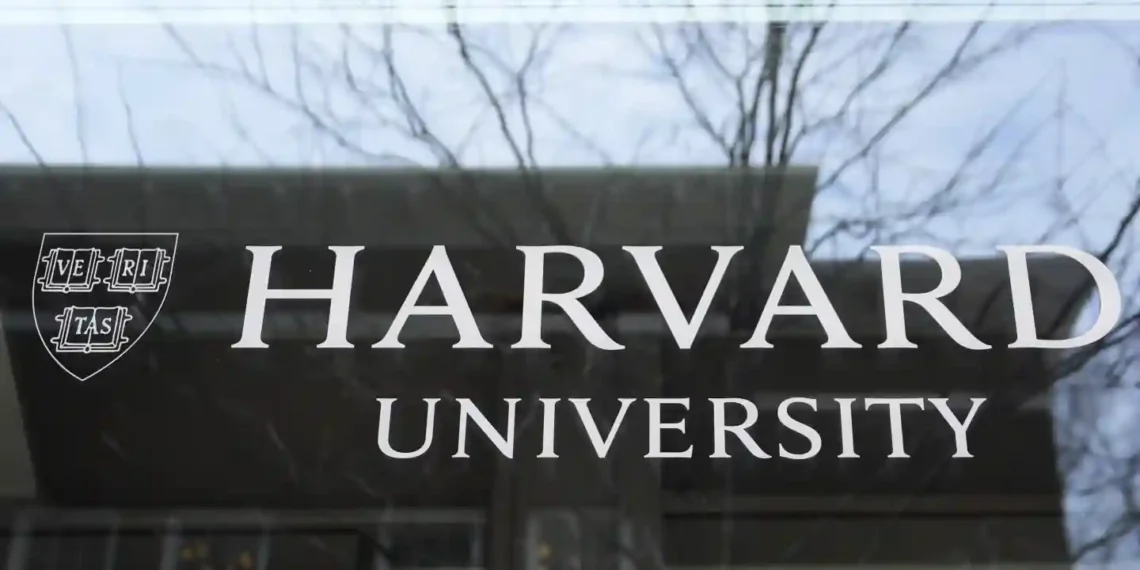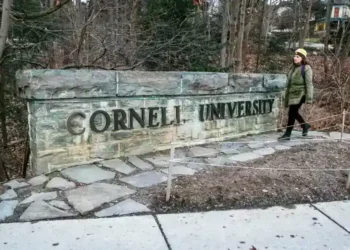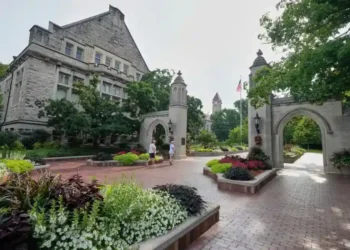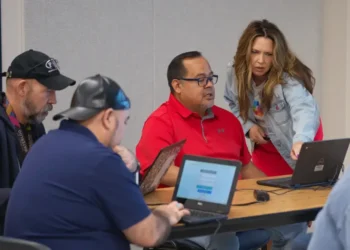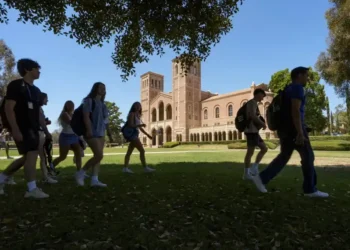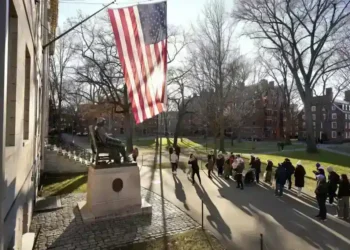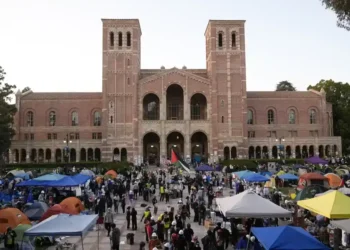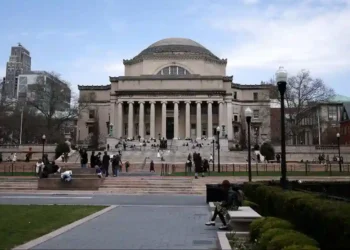How War, Politics, and Science Built—and Now Threaten—the U.S. University-Government Alliance
The recent clash between the Trump administration and Harvard University has reignited a much deeper issue—one that’s been brewing for over 80 years. While the headlines focus on protests and frozen funding, this is really about the unraveling of a historic partnership between American universities and the federal government—a relationship that has driven world-changing innovation since World War II.
Harvard is currently facing the freeze of more than $2 billion in federal grants and contracts, all because it resisted the administration’s demands to crack down on campus activism. But this move is more than a financial slap on the wrist—it’s part of a broader political effort to reshape the long-standing relationship between universities and Washington.
“It’s never been politicized the way the Trump administration is doing it,” says Roger Geiger, a higher education historian. “It’s unusual that we don’t see that support now.”
Harvard isn’t alone. Columbia University, Johns Hopkins, and others have also come under pressure. In one striking example, Johns Hopkins forfeited over $800 million in federal grants tied to medical programs.
To understand what’s at stake, you have to rewind to the 1940s. As the U.S. prepared to enter World War II, former MIT dean Vannevar Bush convinced President Franklin D. Roosevelt that scientific research needed to be a national priority. His idea? Fund America’s top universities to tackle urgent wartime challenges.
The results were revolutionary: radar developed at MIT, nuclear research at UC-managed labs, and decades later, a little startup at Stanford that became Google.
After the war, Bush urged Roosevelt to continue the funding—not just for defense, but for national growth and innovation. His 1945 report laid the foundation for the government-university research complex we know today.
Federal research spending truly exploded after the 1957 launch of Sputnik by the Soviet Union. Determined to stay ahead, the U.S. government began pouring billions into research universities—building laboratories, training scientists, and expanding access to higher education with the G.I. Bill and other student aid programs.
By 2023, this investment reached $59.6 billion, with about 90% of all federal research funding going to universities. That includes:
- $3.3 billion to Johns Hopkins
- Over $1 billion each to University of Washington, Georgia Tech, UC San Diego, and University of Michigan
- About $640 million to Harvard
The university-government relationship has always required careful balance: the government provides funding and sets broad goals, but researchers retain freedom to explore, innovate—and sometimes challenge authority.
“It’s a pay-as-you-go system,” says Jason Owen-Smith of the University of Michigan. “The government gets the results it needs, but doesn’t micromanage the process.”
That autonomy is now under fire.
Critics say recent actions by the Trump administration—shutting down agencies, slashing NIH funding, and pushing ideological demands—represent a dangerous shift. The goal seems to be forcing schools to align with political agendas, even if it means undermining academic freedom.
“This kind of pressure is what you see in authoritarian regimes,” warns education historian Jonathan Zimmerman. “People are scrubbing websites just to avoid triggering scrutiny. That’s not normal in a democracy.”
The consequences could stretch far beyond labs and lecture halls. With federal dollars in jeopardy, schools may have to cut back on student financial aid, reduce public service programs, and scale down global research efforts. And perhaps more critically, they may hesitate to speak out or pursue sensitive topics.
“This is about more than politics,” says Johns Hopkins president Ronald Daniels. “It’s about preserving a compact that has delivered discovery, economic growth, and global leadership for generations.”
The U.S. university system didn’t become a world leader by accident. It was built through a rare bipartisan understanding that scientific discovery, national security, and academic freedom go hand in hand. That partnership is now being tested in ways not seen since it began—and the outcome could reshape not just higher education, but the future of American innovation.
This article was rewritten by JournosNews.com based on verified reporting from trusted sources. The content has been independently reviewed, fact-checked, and edited for accuracy, neutrality, tone, and global readability in accordance with Google News and AdSense standards.
All opinions, quotes, or statements from contributors, experts, or sourced organizations do not necessarily reflect the views of JournosNews.com. JournosNews.com maintains full editorial independence from any external funders, sponsors, or organizations.
Stay informed with JournosNews.com — your trusted source for verified global reporting and in-depth analysis. Follow us on Google News, BlueSky, and X for real-time updates.
